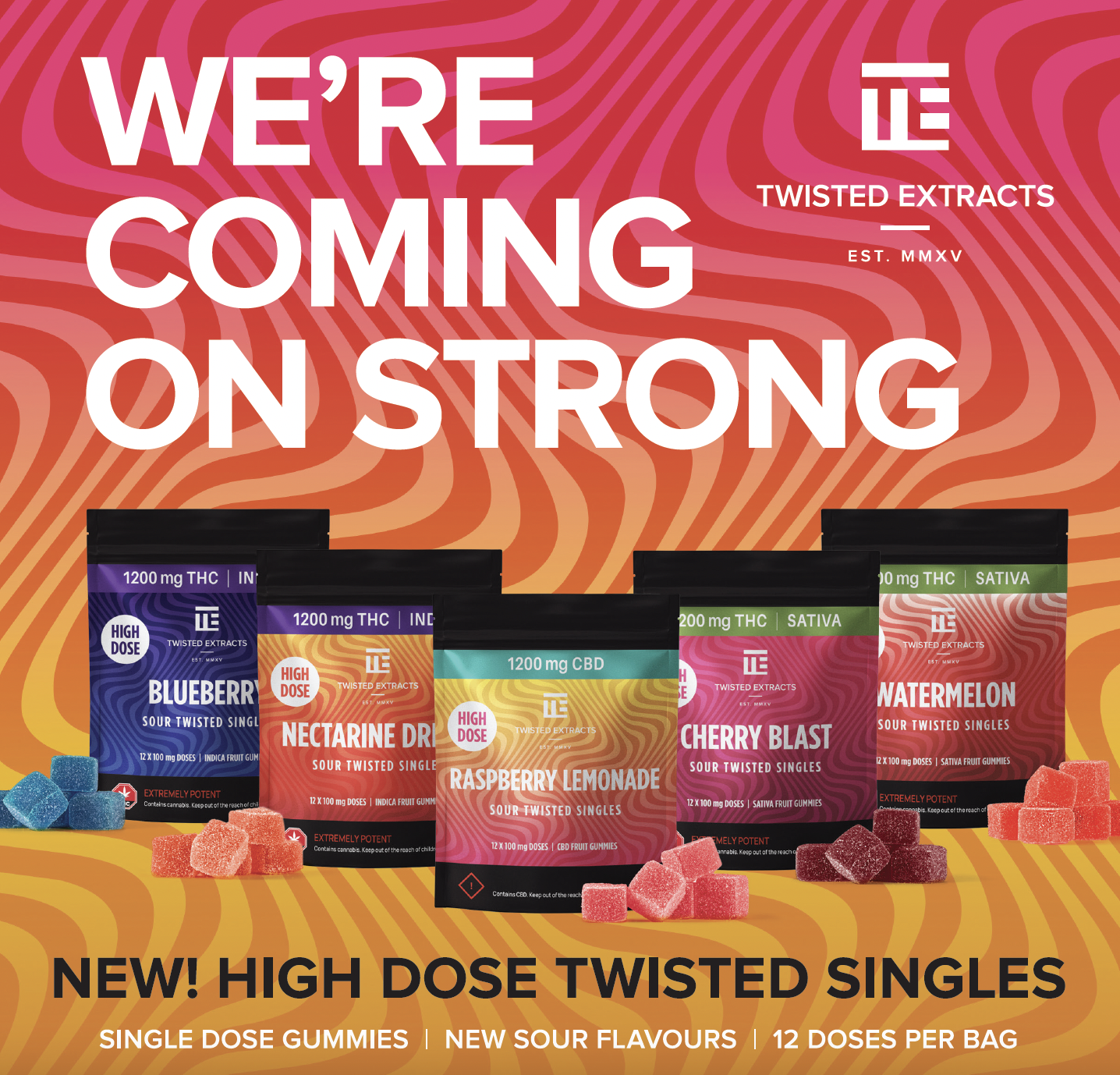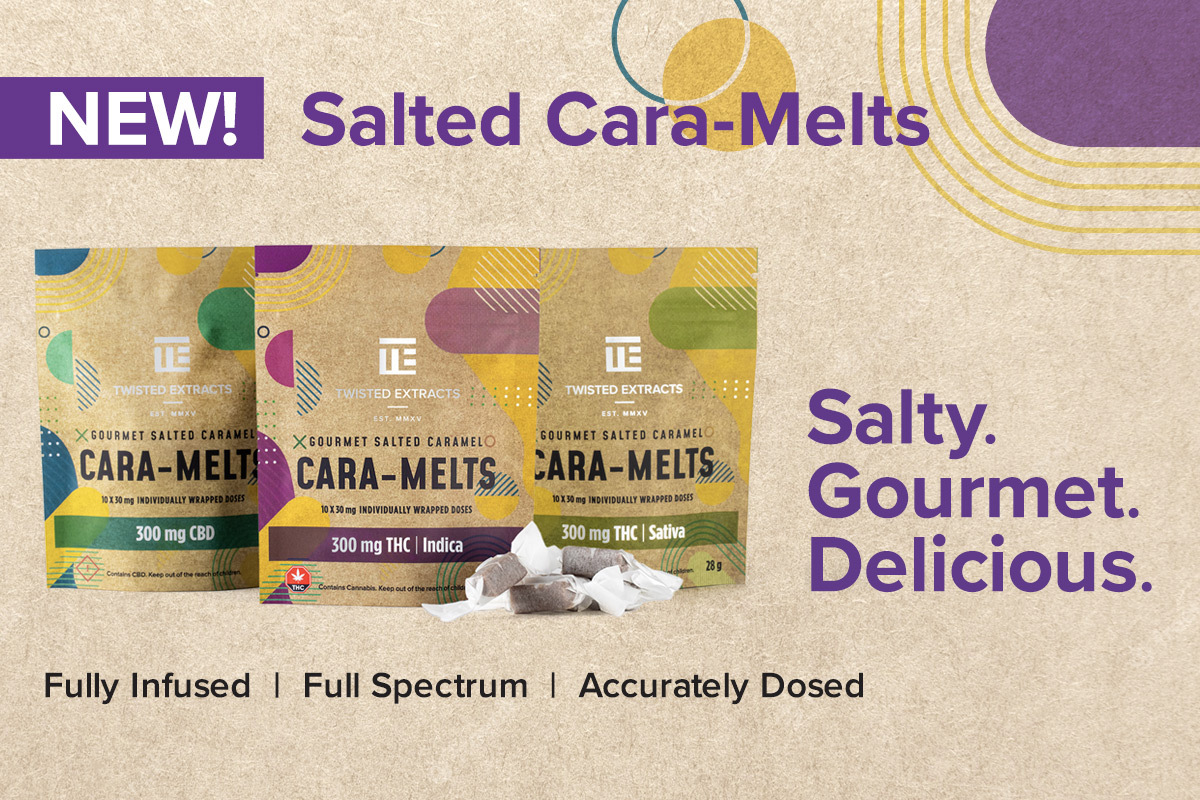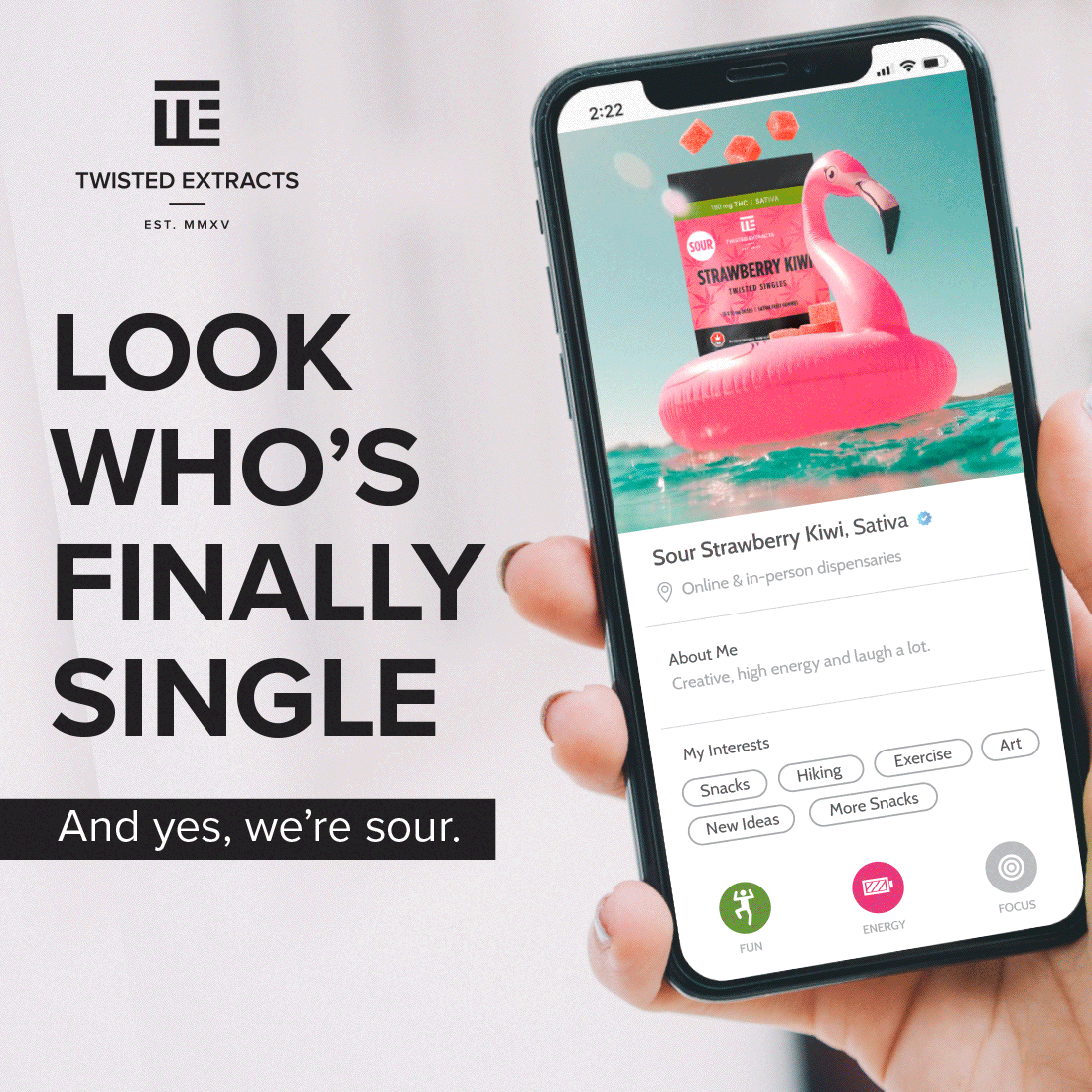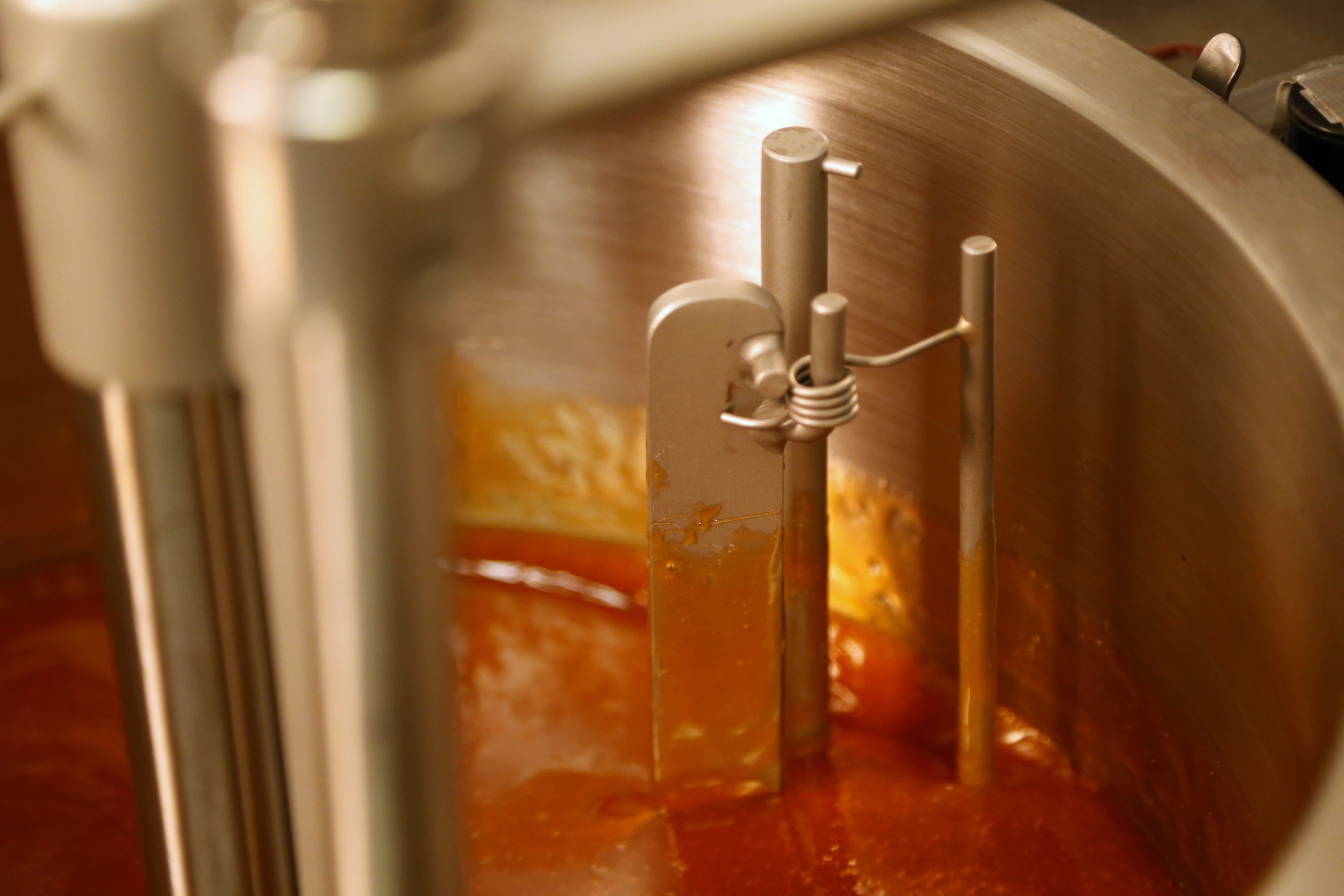
Cannabis went from illegal weed to Bay Street suits in a couple years. Unrestricted by the war on drugs, scientists and doctors are making discoveries all the time. Put the two together and it’s hard to keep up with cannabis, even for those inside the industry. For new users, everything about the plant can feel a little mysterious. To help blow through the hot air and the smoke, we’ve answered some of the most commonly asked cannabis questions.
What’s the difference between weed, pot, marijuana and cannabis?
Nothing. They all refer to the flower of the cannabis plant. These days names like reefer, ganga and pot sound a little old fashioned. The police, the prime minister and the media often refer to it as marijuana. That’s fine, but proponents prefer the scientific name for the plant, cannabis.
Where can I find out more information about cannabis?
There’s a lot of information about cannabis on the Internet. Some of it lingers from decades of vilification. Others from companies looking to benefit from its legalization. Basically, it’s hard to find unbiased, trustworthy information. A good place to start is right here – we work hard to present the positive side of cannabis backed by rigorous science. Other reliable sources of information are: Civilized.Life, the National Institute for Cannabis Health & Education, Lift & Co and, for the medical cannabis user, Sail Cannabis.

What is cannabis and what is a strain?
Cannabisis a family of plants. When we’re talking medical and recreational cannabis use, it could be the flowers, stems, seeds and leaves. Most cannabis products derive from the flower, or bud, because that is where the plant stores most of the psychoactive and medical compounds. Just as there are many types of grapes for all those wine varieties, there are many different variations of cannabis.
Cannabis strains are specific genetic variations of the cannabis plant. The two main genetic variations are sativa and indica. There are also hybrids between the two. Cannabis growers selectively breed plants to yield certain characteristics. Sometimes it’s to grow in certain conditions. Sometimes to have certain ratios of THC to CBD. Sometimes to be a certain colour or to maximize their yield of certain cannabinoids.Sometimes it’s about trying to get the best aspects of the ‘high’ from two different strains. Generally, sativa are more euphoric and uplifting, indica are more relaxing and hybrids combine the best of both.

What’s the difference between hemp and cannabis?
Hemp is one of the varieties of cannabis sativa, but without the psychoactive ingredients. To be classified as hemp, the cannabis plant must produce less than 0.3 percent THC, the compound that makes people high, compared to an average of 18 per cent for most recreational cannabis. Companies use hemp to make paper, clothing, building materials, food and biofuels. Because there is so little THC, it’s often used as a source of CBD, a non-psychoactive, but medicinally beneficial, compound.
How does cannabis affect the body?
When ingested or smoked the compounds in cannabis ride the blood stream to the endocannabinoid system (ECS). The two main active agents are delta 9-tetrahydrocannabinol (THC) and cannabidiol (CBD). Only THC creates the euphoric feeling of being ‘high’. Both have medical benefits in the body.
While the research is still young, we do know CBD and THC help relieve chronic pain, nausea, inflammation and anxiety. Early research suggests they also help combat some mental health issues and debilitating diseases like epilepsy and Parkinson’s. Together, CBD and THC work together in the body to amplify some health benefits, and in opposition to each other when it comes to the “high.” An analogy pegs THC as a car’s gas pedal, while CBD is the brake. The more CBD the stronger the brake on the high. Read more about how cannabis affects the body here. This is a simplification of what’s going on. There’s a lot more we don’t understand about how THC and CBD interact with our bodies individually and about how they affect our bodies and physiology together.
How am I going to feel?
It depends on a lot of factors. Different strains of cannabis cancause different effects, from energetic to sleepy. How it’s consumed can affect the high. New users feel different than experienced users. Even where you consume can play a part. Most people describe the cannabis experience as relaxing and a little euphoric. Take too much and many users report feelings of anxiety and paranoia.
The best way to take control of how you’ll feel is to talk to a bud tender or read product descriptions carefully. Using the wine comparison again: wine lovers rarely find their favourite grape variety in their first bottle. Same goes for finding the right cannabis strain for you and your needs. It’s a journey that takes time and patience. To set yourself up for a positive experience, consume in a safe and welcoming space and start with a small dose and building up from there.
How do I buy it?
Each province has different regulations about selling cannabis. For instance, Alberta allows private dispensaries. While B.C. and Ontario only sell recreational marijuana through the provincial liquor distribution branch online stores. In B.C. there are a handful of government shops and physical locations are coming to Ontario as well. The federal government only legalized flowers and oil, though they plan to make edibles legal in Oct of 2019. Until then, edible products are only available in the “grey market.” Whether you choose to purchase from a legal cannabis store or a ‘green market’ dispensary or mail order store is a personal choice.
Do I need a prescription to buy cannabis?
No. A doctor’s prescription is required to access some cannabis medical clinics and the expertise of the people that work there. But anyone in Canada over 19 years of age can buy cannabis legally.
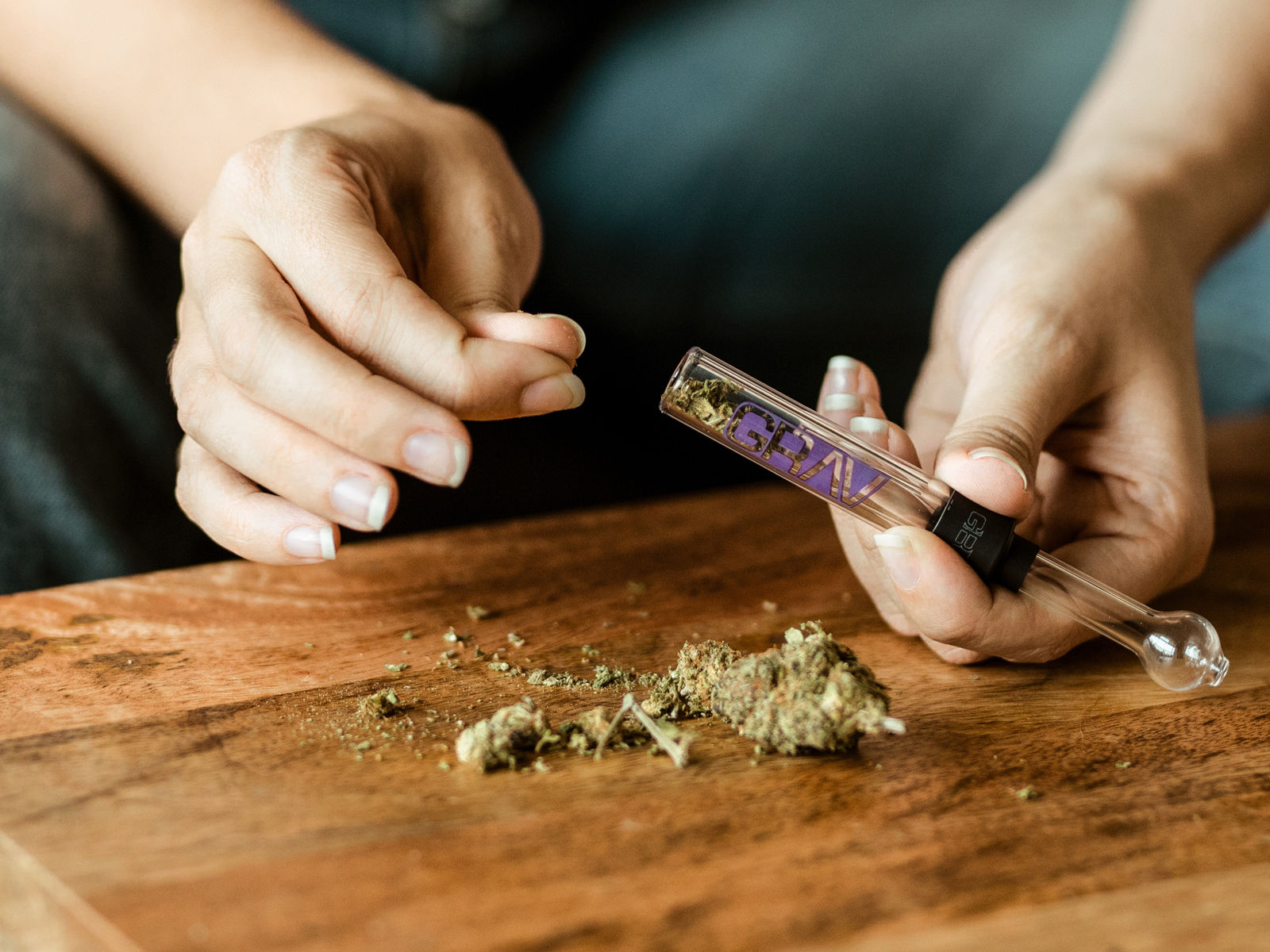
Smoke, edibles, oil: what’s the difference?
There are many ways of getting the benefits out of cannabis. The simplest and most common is smoking the flower or bud in a joint (marijuana cigarette), a pipe or dozens of other creative variations. Heat releases THC and CBD into the lungs and from there into the blood stream. Smoking laws apply to cannabis too, limiting consumption to private areas and fewer and fewer public spaces.
An alternative is vaping. Similar to an e-cigarette it uses concentrates of oil. Vaping allows micro-dosing easier than a joint and has less odour and no smoke making it more discrete. Edibles are also discrete and come in a variety of forms. They’re made by infusing some form of cannabis extract into an edible product. It’s also possible to ingest cannabis as an oil. And there are salves and tinctures that contain cannabis. The pros and cons of each method of consumption is a huge topic that we covered in-depth in another blog post.
How should I store my cannabis?
No matter what form the cannabis is in – oil, flower, edible – store it in a dark, tightly sealed container in a cool, dry place out of reach of children and pets. Light can break down cannabinoids and reduce the potency of cannabis over time. Humidity can encourage mold and mildew growth. That’s especially important if you consume the cannabis slowly or buy in larger quantities. Done properly it’s possible to store cannabis for months at a time without impacting quality.
Did you like this article?
Sign up for our newsletter to make sure you're in the know about all of our new product releases, contests and more.


